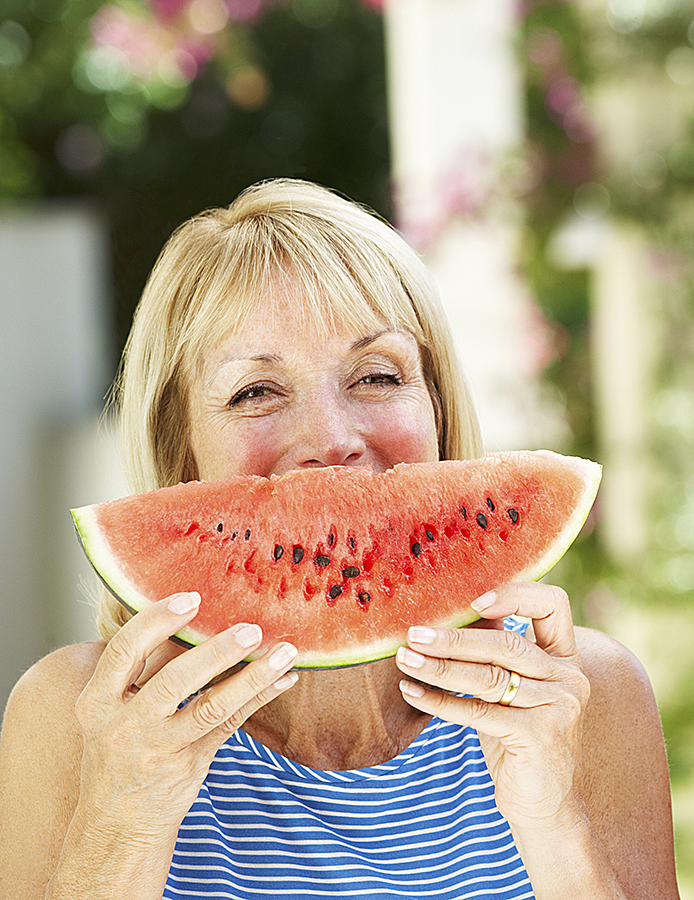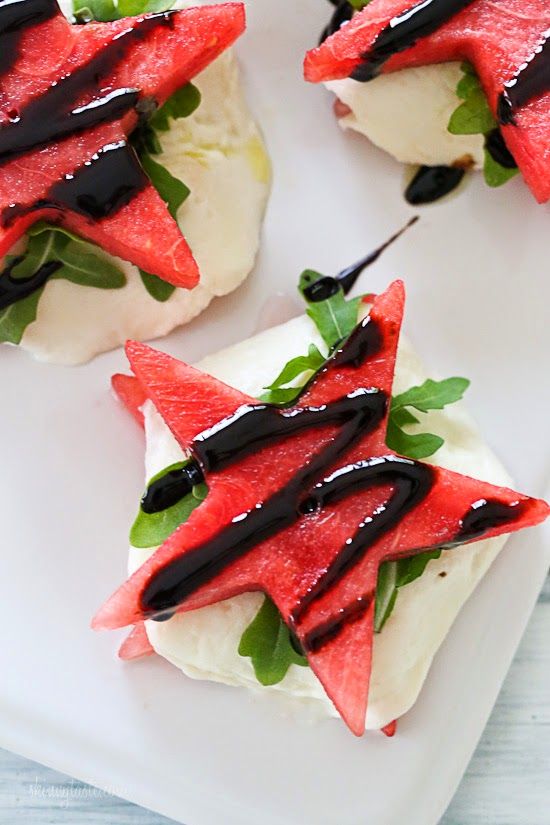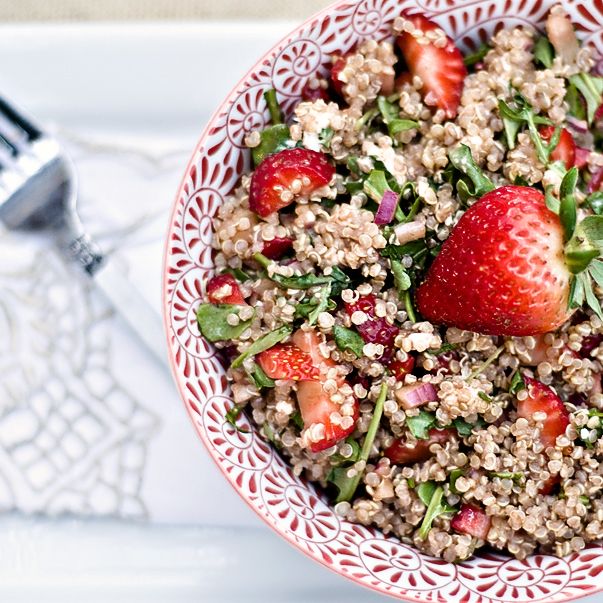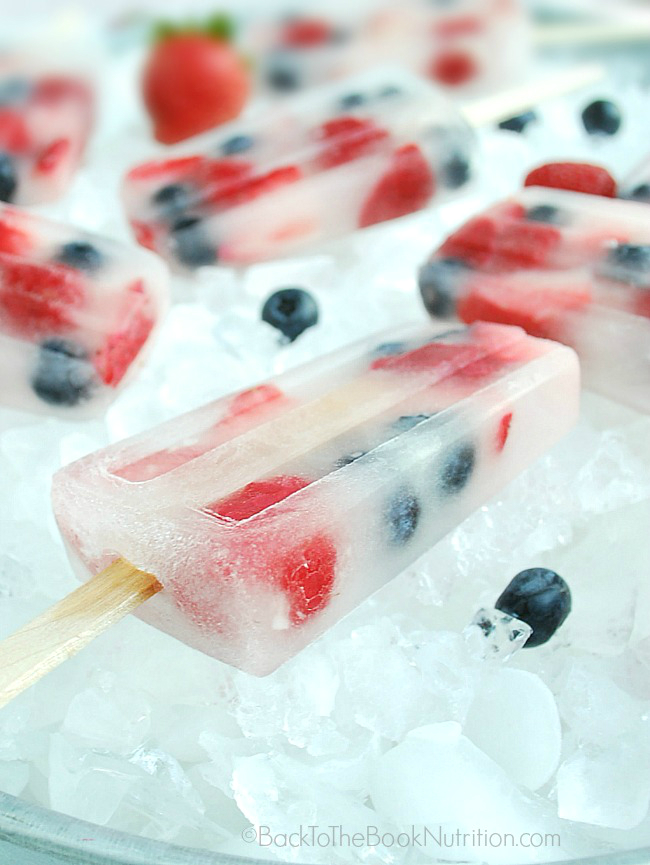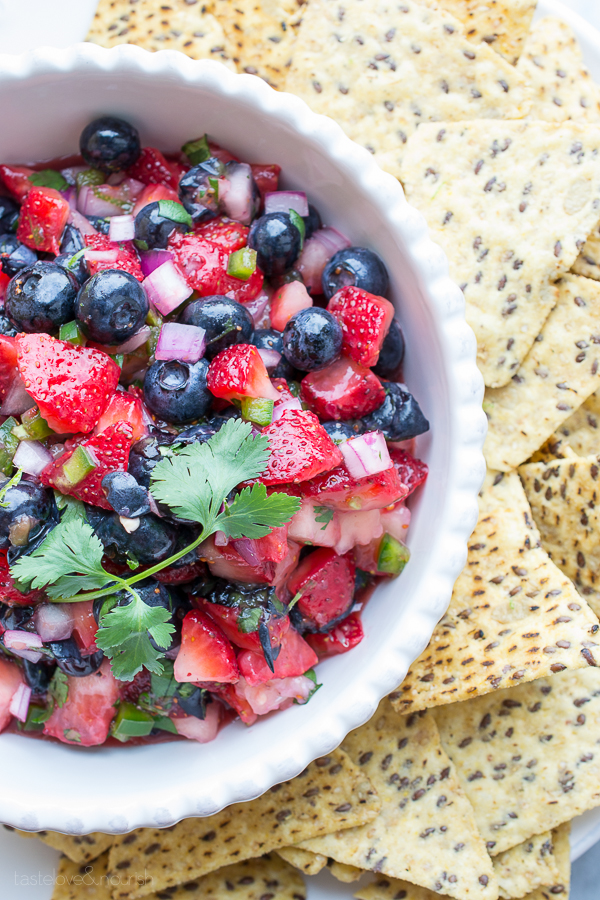Along came Rusty! Ok, his name was Banjo at the Wake County SPCA, but he and I had a little chat on the fateful April day we adopted him three months after our final farewell to TJ-the-Wonderdog of almost-18-yrs! { My partner had been promised three years of freedom from canines, yet three months was L O N G E N O U G H ! }
Conversation went something like this—
Me: Hey, you’re cute ( understatement ).
Banjo: ________ cute cute cute __________
Me: You know, having a puppy whose name rhymes with NO isn’t the best idea.
Banjo: ________ cute cute cute ________* tail wags * _________
Me: I’ll just bend down to pick you up and OW ouch OW ouch Oweeeeeeee !
Banjo: _____lick___ cute cute cute____ * tail wags *_____ lick
Me: My knees aren’t what they used to be now that I’m fifty. They’re kind of RUSTY!
Rusty: ____ I’m yours! ____ * tail wags *____ lick____ cute cute cute
Me: You know, you’re probably my final dog. Just live to be about 15 years old and I doubt I’ll adopt another canine companion at 65!
Rusty: ___ NO promises! ___ * tail wags * ____ lick____lick____ cute cute cute
Fast forward to this Spring and Summer. Rusty has me moving at sunrise and walking much more as I train a puppy. Yes, this is my very first real puppy in all my years. Somehow, dogs have found me somewhat in their maturity. Thus, one moves more and more and more with Rusty knees! Movement can even help me with my knee arthritis, which I happen ‘enjoy’ at this age.
Keeping Rusty safe and moving in our NC summer has become paramount for me and my family. We have found this to be a great resource for you hoping to move more with your canines during the true dog days of summer
Movement with Rusty knees is great for my cardiovascular health and certainly helps me to burn more calories (Did I mention before the sun comes up?!). Moreover, my mental health has taken a great leap forward with my cute-as-all-get-out Rusty…. and improved those knees that accompany both him and me. {More to come on improved mental health and movement from me later.}
Grab that companion (canine or human) and move your joints as best you can. We at Eat Smart, Move More , Weigh Less and Eat Smart, Move More, Prevent Diabetes are cheering you onward.



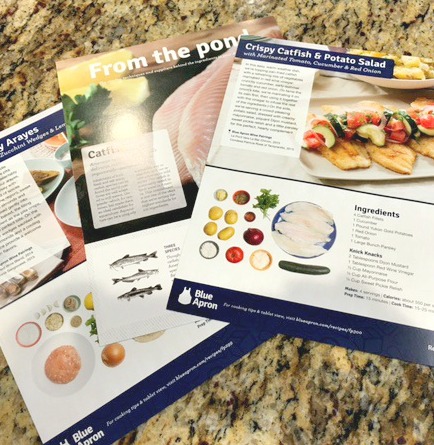 we discuss the importance of meal planning, most of us don’t know what we are having for dinner by 4pm. This lack of planning leaves us with no choice but to pick up an already prepared meal on the way home from work. Grocery stores are meeting this demand by serving high-quality, already prepared ‘heat-and-eat’ or just ‘eat’ meals as a less pricey option than a restaurant.
we discuss the importance of meal planning, most of us don’t know what we are having for dinner by 4pm. This lack of planning leaves us with no choice but to pick up an already prepared meal on the way home from work. Grocery stores are meeting this demand by serving high-quality, already prepared ‘heat-and-eat’ or just ‘eat’ meals as a less pricey option than a restaurant.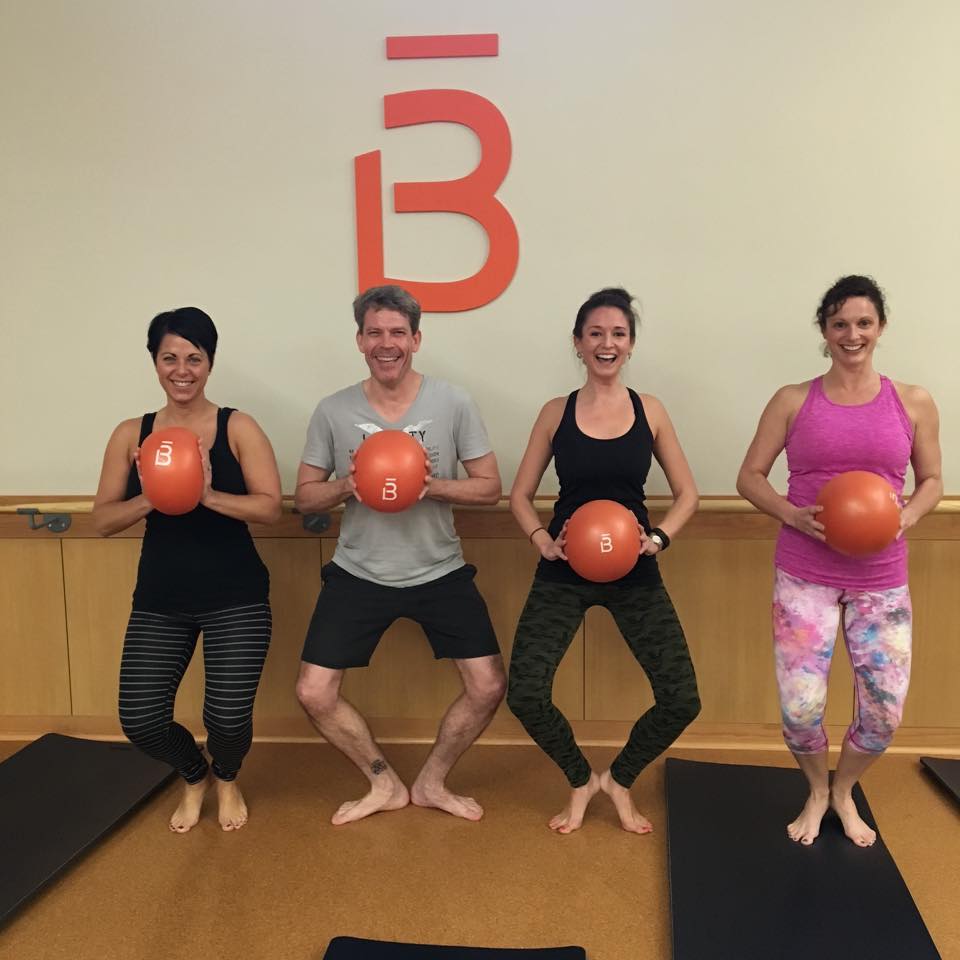
 to be physically active in new places. Whether walking in a new place or in your same old neighborhood at home, remember some simple rules to keep you and your family safe.
to be physically active in new places. Whether walking in a new place or in your same old neighborhood at home, remember some simple rules to keep you and your family safe. this physical activity would become even more minimal at the onset of this year. Deteriorating health amidst family is never easy—those who know, know. Those who have yet to know shall one day know exactly what this paragraph entails. Caregivers don’t have to explain to other caregivers, for we have an unspoken language all our own.
this physical activity would become even more minimal at the onset of this year. Deteriorating health amidst family is never easy—those who know, know. Those who have yet to know shall one day know exactly what this paragraph entails. Caregivers don’t have to explain to other caregivers, for we have an unspoken language all our own.
 doing what he loves to do. Am I a crazy dog person? Yes. But am I moving more? YES.
doing what he loves to do. Am I a crazy dog person? Yes. But am I moving more? YES.